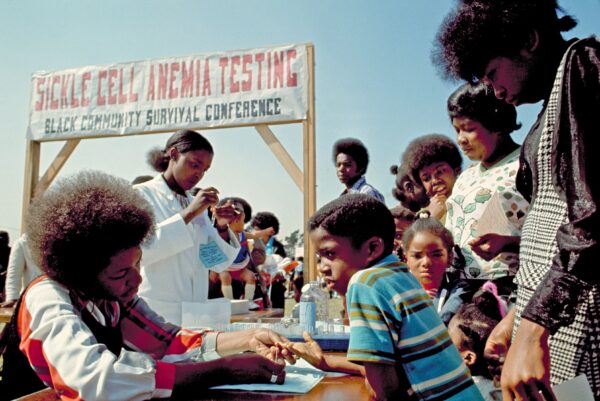Georgia
SSUSH13: Evaluate efforts to reform American society and politics in the Progressive Era.
Ethnic Studies: Evaluates the contributions African Americans have made to American culture.
L9-10RHSS6: Compare the point of view of two or more authors for how they treat the same or similar topics, including which details they include and emphasize in their respective accounts.
L11-12RHSS2: Determine a central idea or information of primary and secondary source; provide an accurate summary that makes clear the relationship among the key details and ideas.
L11-12RHSS3: Evaluate various explanations for actions or events and determine which explanation best accords with textual evidence, acknowledging where the text leaves matters uncertain.
L11-12WHST6: Use technology, including the Internet, to produce, publish, and update individual or shared writing products in response to ongoing feedback, including new arguments or information.



